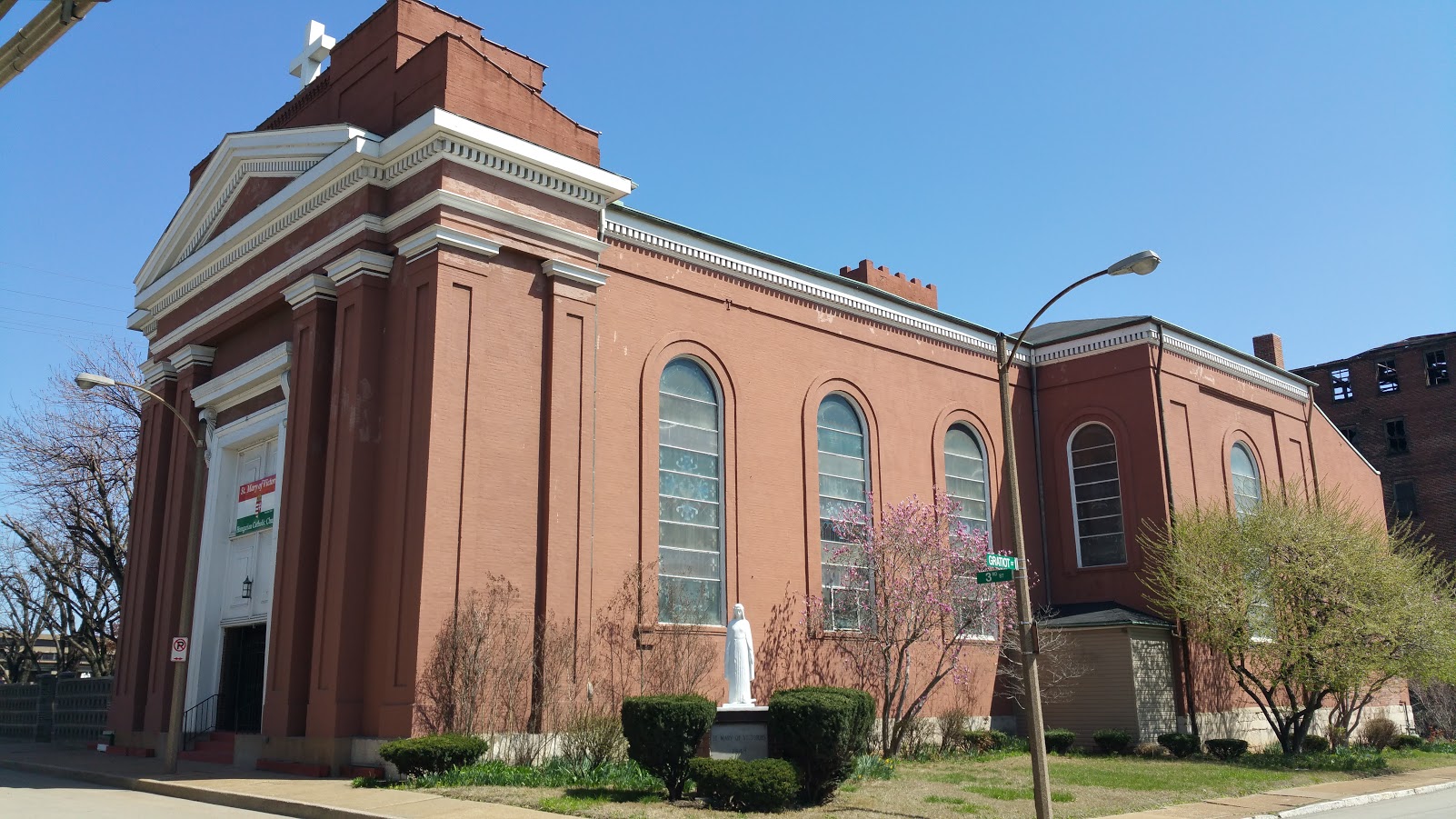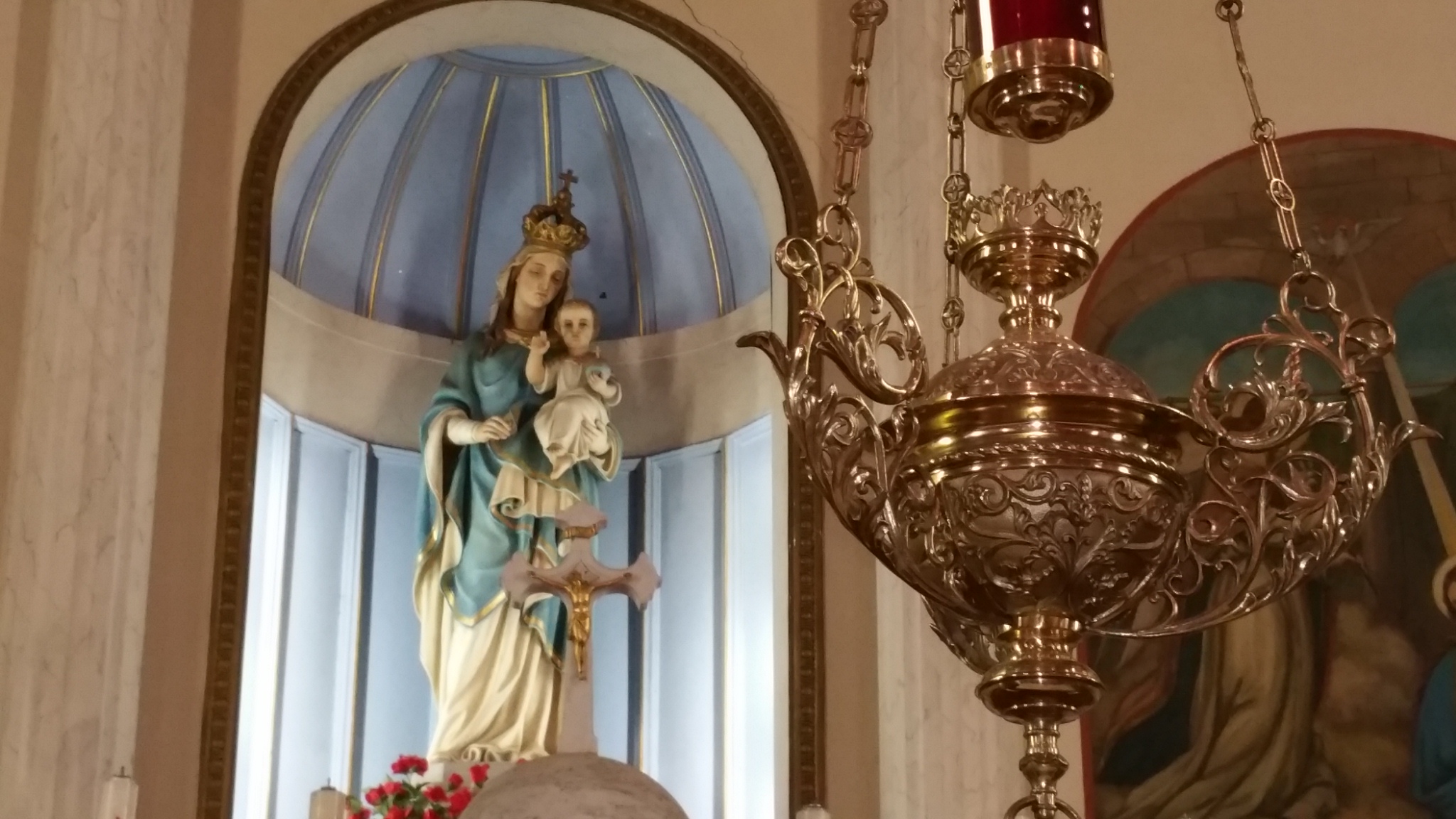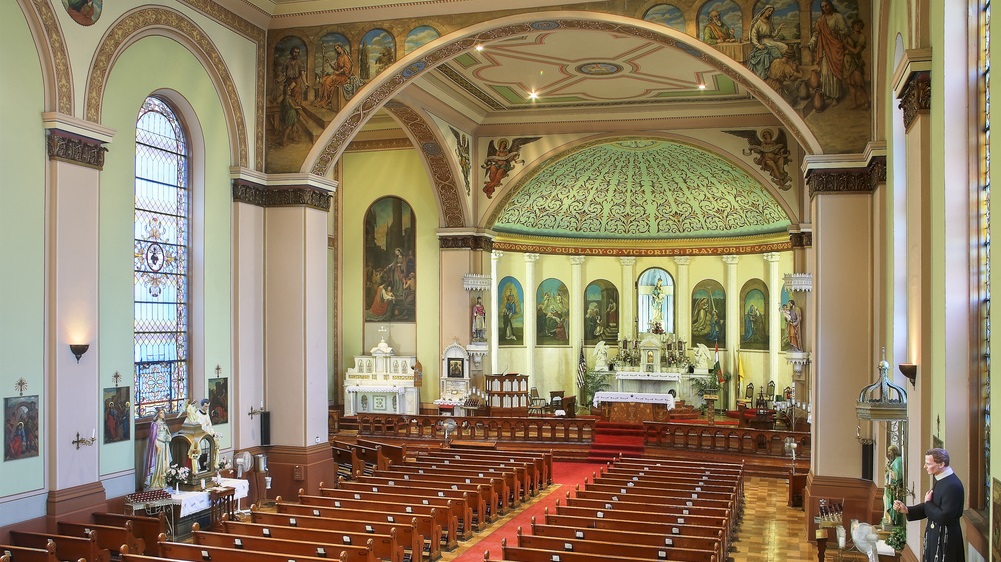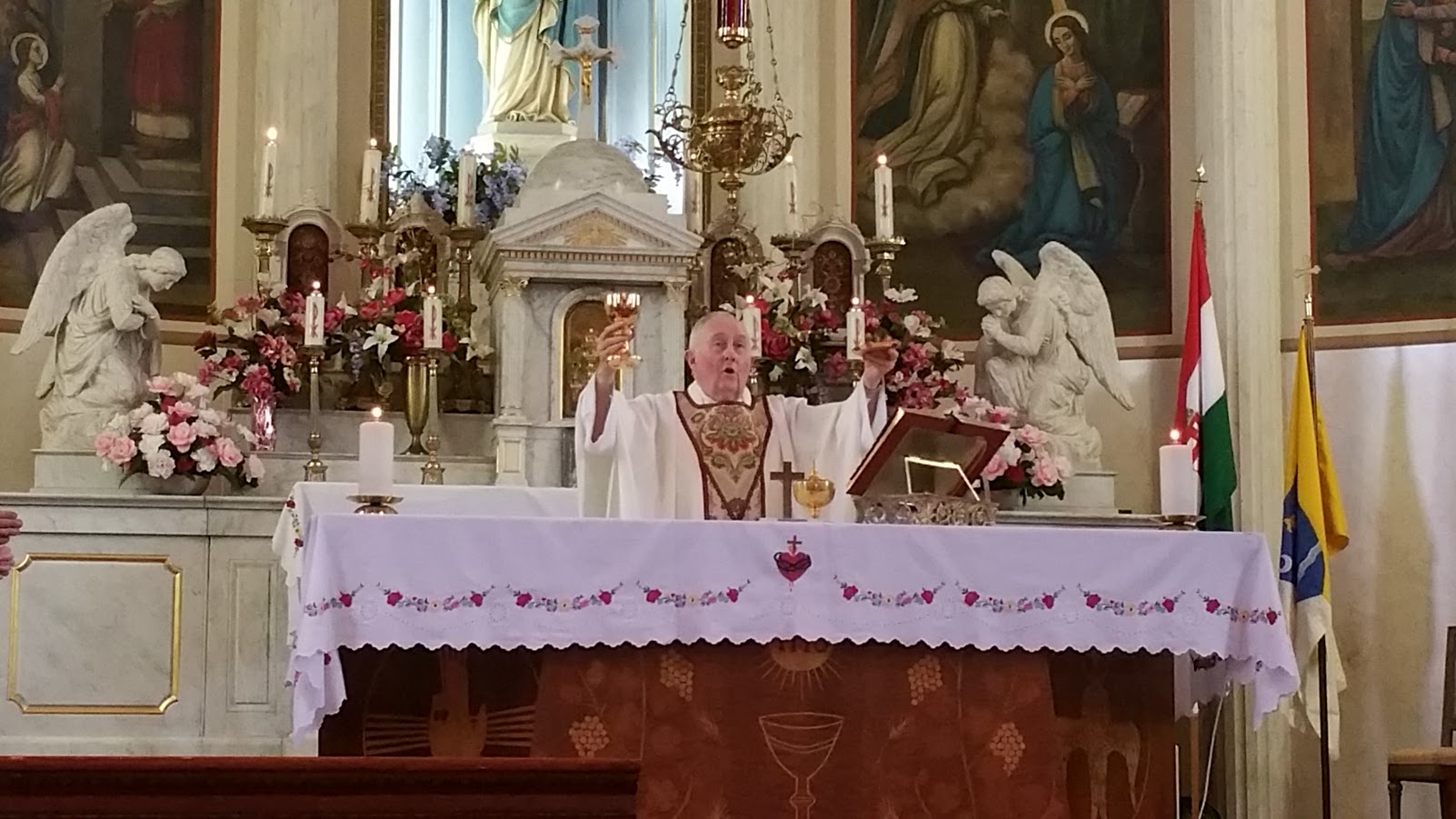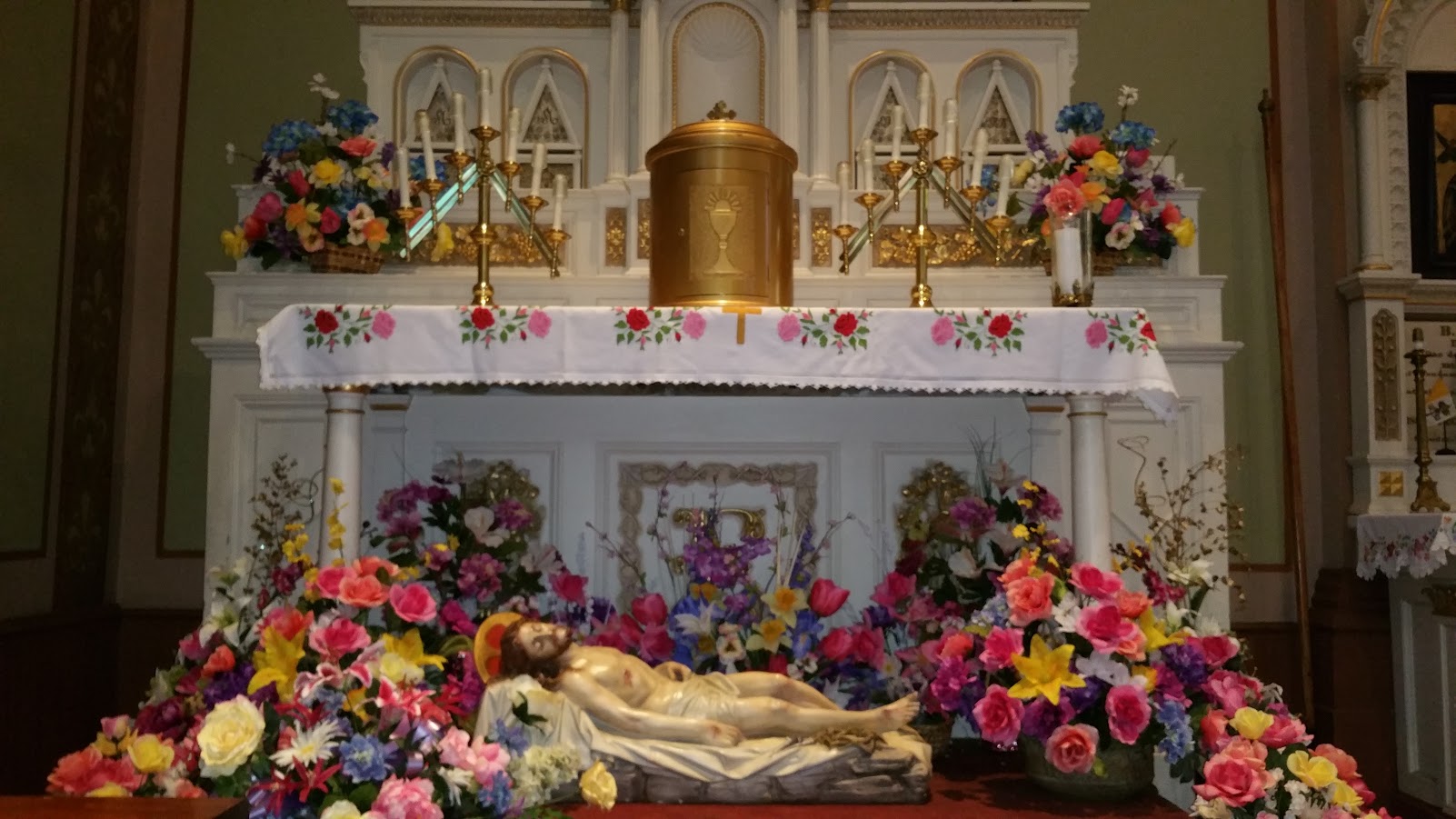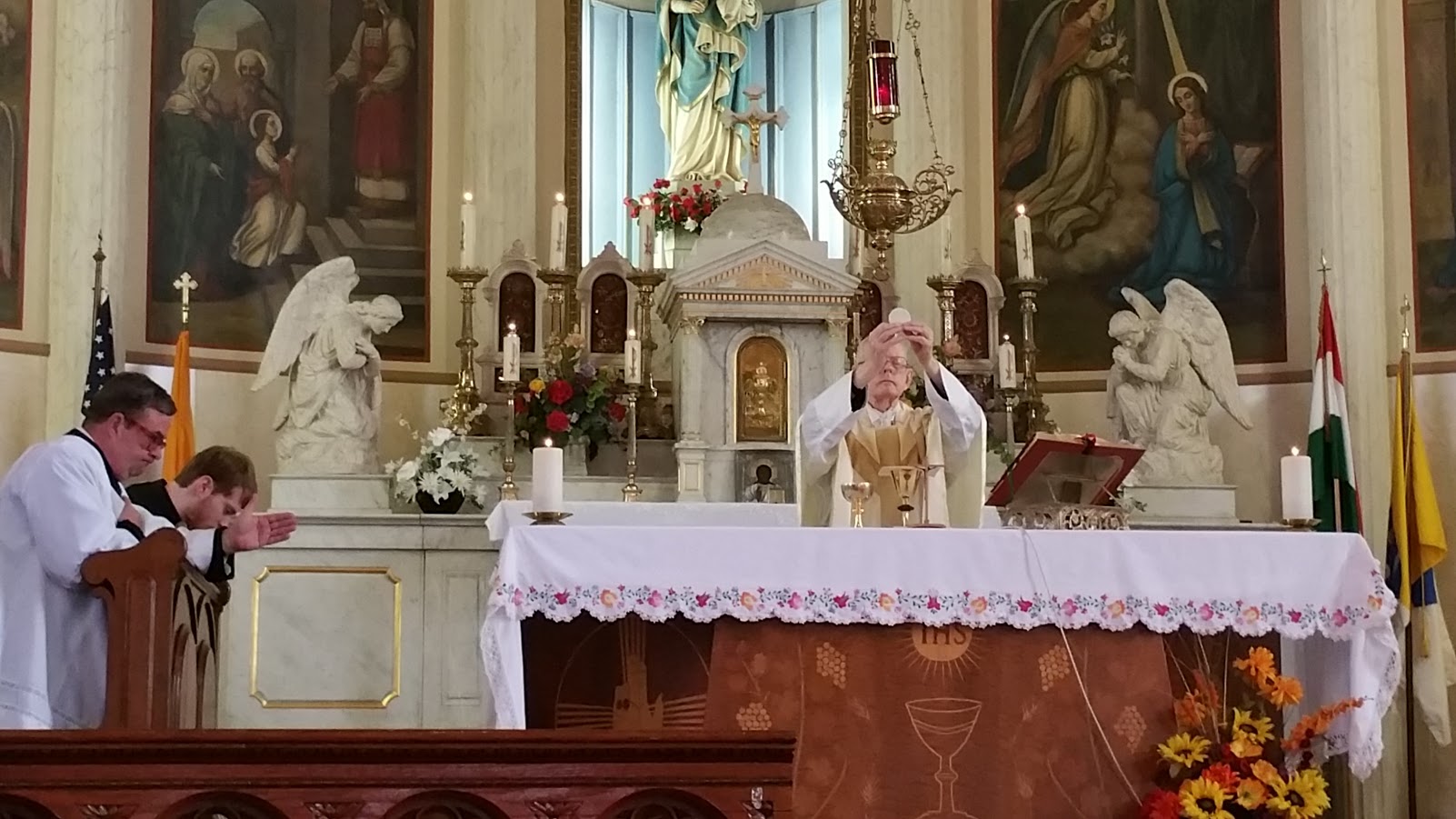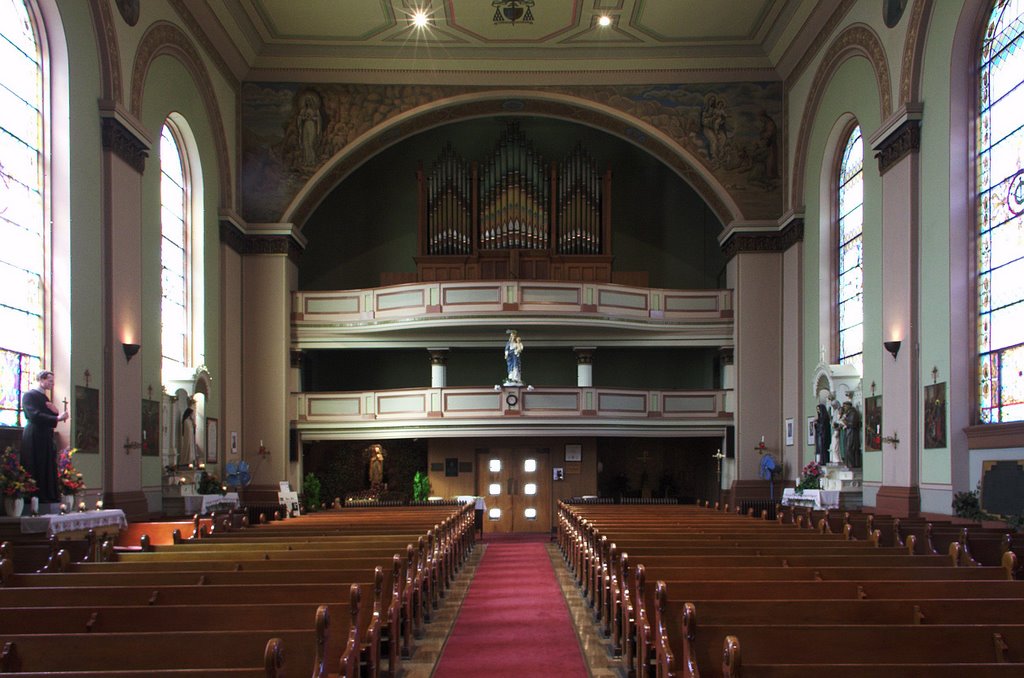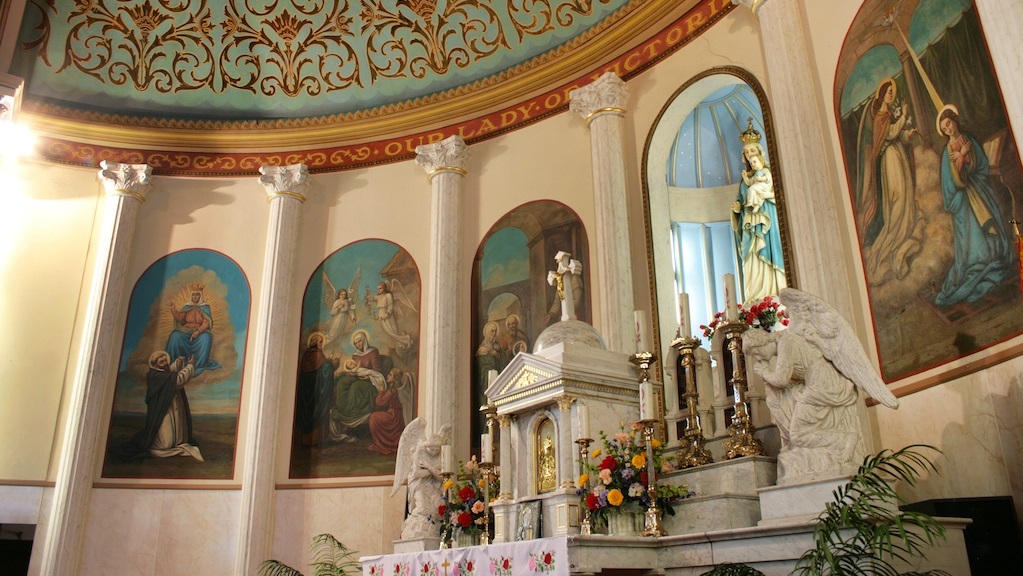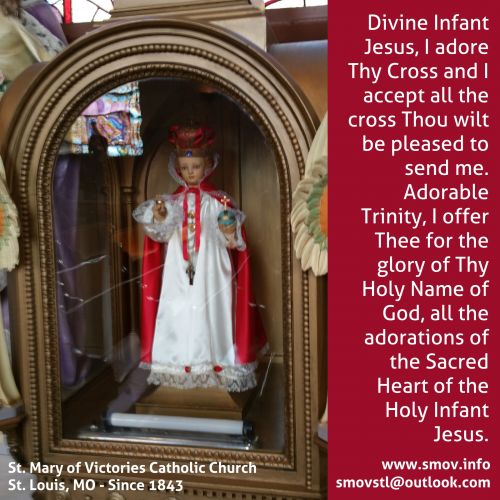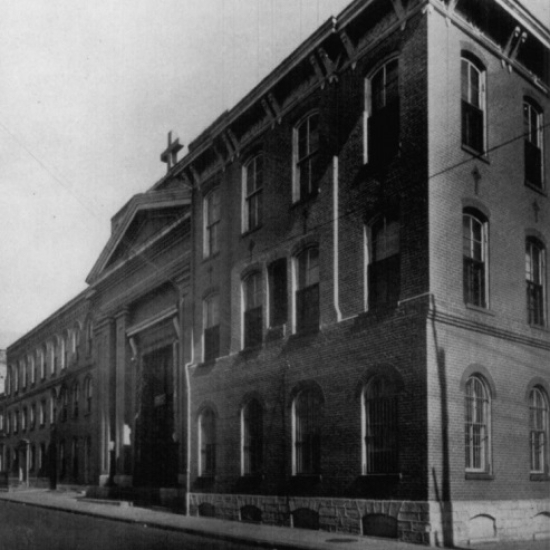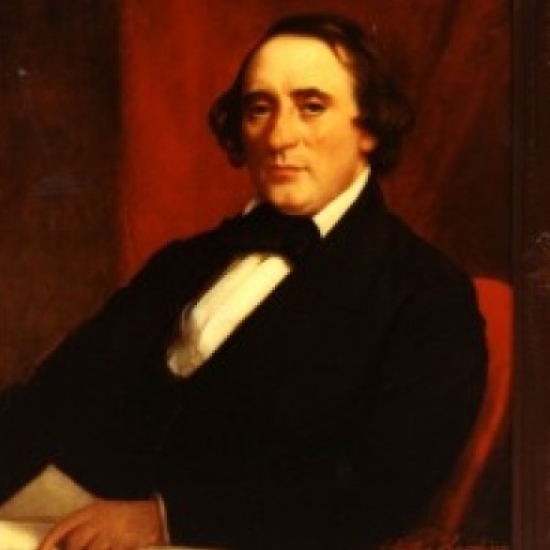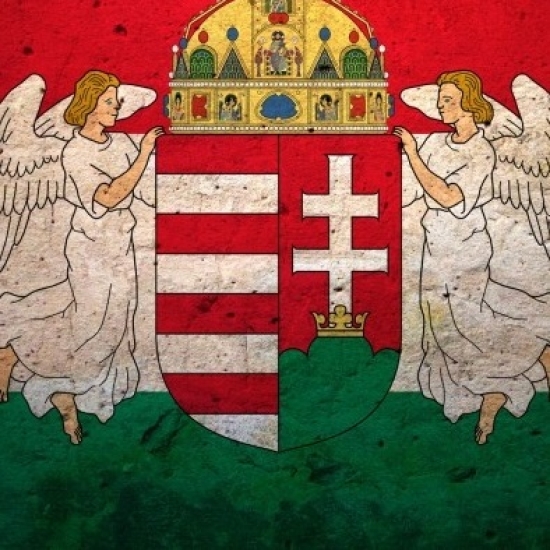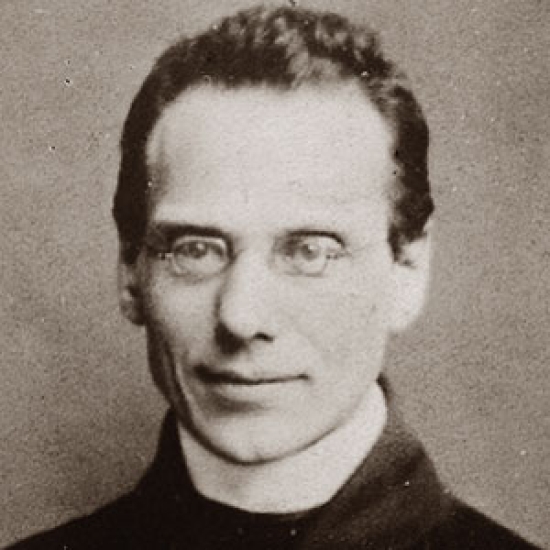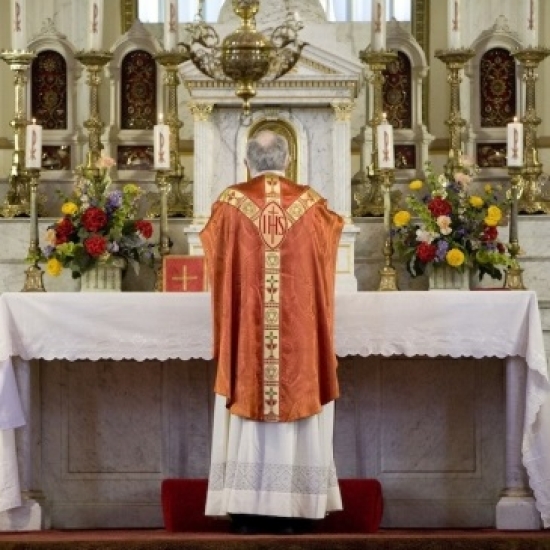21 July 2019, 16th Sunday in Ordinary Time (Year C)
Introit: Ecce Deus
Offertory: For the beauty of the earth
Communion (Year C): Optimam partem
Recessional: All creatures of our God and King
Mass XI, PBC p. 58. Credo III, PBC p. 77
The Introit antiphon has three phrases:
-
Ecce Deus adjuvat me, et Dominus susceptor est animae meae
-
averte mala inimicis meis
-
in veritate tua disperde illos, protector meus, Domine.
The clear theme is that we must not grow despondent in the face of life's challenges, for Ecce Deus adjuvat me—God is my helper. Ecce starts on the dominant of the mode, reflecting the dominant power of God. So the c over Deus is doubled and that Dominus in the second part of the first phrase is made emphatic by a fourth. The manuscripts indicate with special markings that the notes over Deus adjuvat me should be given a broad interpretation. So they rightly demand a solemn rendering of this passage to express our deeply rooted confidence. From the second phrase on (averte), a certain restlessness and apprehension becomes evident. Perhaps it is holy anger, calling for vengeance. Some relationship exists between the passages over mala and illos. But the manuscripts wish above all to emphasize the pressus over illos. Hence the bistropha with its succeeding clivis are here marked with 'c' (=celeriter, rapidly); or 'st' (=statim, immediately) is interpolated between the bistropha and the clivis, while in the corresponding passage over mala 't' (=tenere, hold) and an episema are placed over the clivis. The called-for acceleration of the neums which precede the pressus makes the latter stand forth prominently. Only with protector meus, which may be considered a prolongation of est animae meae, does the confidential feeling of the beginning return to the text and still more to the melody, which closes with well-known and pleasing seconds. More than once the effect of the melody is heightened by what we may call the "resolved" F-major scale.
Here the question is very pertinent: Is a Christian allowed to pray thus: averte mala—turn back the evils upon my enemies? If these words proceeded from personal hate, then indeed they would be unchristian, and such a prayer would never find acceptance in the sight of God. Even David refrained from laying hands upon Saul when the latter was powerless before him. But since God desires the salvation of our souls, the enemies of our souls are also the enemies of God, and for that reason are we allowed to beseech God to render His and our enemies harmless, and to let their efforts toward the destruction of souls and the kingdom of God come to naught. Has not God promised His help to those who approach Him with confidence? Hence we call upon His fidelity (veritate), on His goodness and love, and leave it entirely to His wisdom how He will supply us with help against our foes. If, however, there is question of the interior enemies of salvation, such as self-deceit, concupiscence, lust, and so forth, then these words lose their questionable character, and we are allowed to use them in serious and earnest prayer. When we have to deal with exterior dangers, such as ignorance and seduction, then we give averte mala its proper meaning by adding et in veritate tua disperde illos.
(Year C) The Communion antiphon has two phrases:
-
Optimam partem elegit sibi Maria
-
quae non auferetur ab ea in aeternum.
The Communion refers back to today’s Gospel. To the original text the composer here added the words in aeternum at the end. The melody was originally composed for the text Dico autem vobis of the Mass Sapientiam for the Common of many Martyrs. In the early ages it was the melody for the Communion of the feast of St. Hippolytus, who is commemorated two days before the feast of the Assumption of the Blessed Virgin. It may possibly have been borrowed from the former for this Communion, once used for the feast of the Assumption. The text of the second phrase is somewhat abbreviated.
The melody is also adapted for the Communion Gloriosa dicta for the Immaculate Conception. There the motif gab egg over the third syllable of Gloriosa undergoes a slight change over magna and enlarges over qui potens est. The descent to low d over tibi, a fourth below the tonic, which is characteristic of the eighth mode, forms the antithesis to the interval g-c. This formula is well known from the psalmody of the first mode with final cadence D ad lib. Annotated manuscripts have leniter—gliding downward gently—written at this point. The high points here link elegit and aeternum. Choosing wisely the best part is the key to our eternal eternal happiness, the only true happiness. The highest good which we can choose on earth is Holy Communion, in which is contained heaven with its eternal happiness. ‘Whoever eats this bread shall live forever.’
